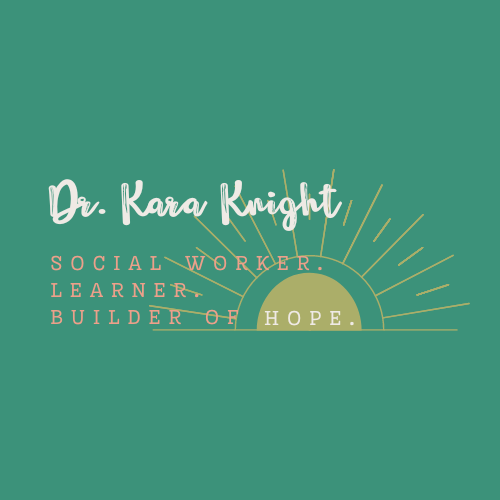
Identify problems, but give your time and energy to solutions.
My Own Experience
As a current middle school assistant principal, discipline is a daily part of my daily job responsibilities. Following the student handbook and ensuring our school is safe is a crucial part of what I do. With that said, it is also necessary to have other systems and procedure in place within a school that allows for open dialogue to help facilitate environments where students can talk with one another. I believe this should be done as a hopeful effort to share harm that has happened in conflicts, to build more empathy, and to make efforts in being proactive in regards to future interactions. Students are navigating the world of conflict and peer-to-peer disagreements, and as school leaders and educators, it is crucial we help model and facilitate healthy communication. Although I am not a restorative justice expert, I have gained a lot of insight through navigating these conversations and have found them incredibly beneficial.
Why?
Some of the MANY Reasons Restorative Conversations Work
The Legwork
- Encourage healthy relationships by increasing dialogue
- Explore the harm caused in an event, build empathy, create a plan for the future
- Center awareness around social justice
- Facilitate reductions in racial-discipline gap
- Give victims a voice
- Help those who are causing harm to
build strategies, while understanding the perspectives of others - Build stronger conflict-resolution skills among peers
- Give an alternative approach to traditional discipline
- Increase a sense of openness, community ownership, and belonging within a school campus
- Focus on solution-based mindsets that can increase student and staff engagement
Before having a restorative conversation, I always personally ensure that all parties involved are okay with having the said conversation. If someone is not ready to have the conversation- They may need more time, a better understanding of what restorative conversations are, or they may not feel that they want to participate in the discussion for other reasons. It is essential we respect the feelings of those we serve. Restorative conversations are helpful in many ways, but it is not always necessarily the answer or the only path to problem solve.
For those who are ready to have the conversation or they want more information on what the discussion will look like before jumping in, it is crucial that more education on what restorative talks are. I preface to each person who will be involved in the discussion, what the format of the meeting will look like, how long the conversation may be, and how each person will have a part in the dialogue. The understanding of what restorative conversations are and the background behind it helps put many people at ease, since they may have a misinterpretation of what it is. I also work hard also to educate parents as well.
The Conversation
Whether students are talking to students, or adults and students are having a conversation to help build resolution, I follow the framework of questions below when I facilitate or lead a restorative conversation or circle. Based on the nature of what occurred or the time allotted, I pick and choose which questions to ask from each category. The following items were found in this book: Restorative Practices Kete Book
Tell the story
• What were our learning intentions today?
• What’s happened?
• What were you thinking, doing that?
Explore the harm
• Who has been affected by this behavior? In what ways?
• How has your behavior affected our learning today?
• How fair or unfair is this on others in the class?
Repair the harm
• How can you go about fixing this?
• What exactly are you sorry for?
• How will this support others’ learning?
• How will it support your learning?
Reach an agreement
• What do you need to do from now on?
• How can I support you to do this?
Plan follow-up
• When would be a good time to check in with you to see that you’re doing what we agreed.
• What support do you need from me to make sure this doesn’t happen again?
As an additional tip, I print the above questions and have it ready to go in my office at all times. I love having them available, so I can focus on helping the conversation flow and not worry as much about what I am going to say. Another vital point to keep in mind is to not forget or gloss over the “Plan follow-up” questions. Each time I do a restorative meeting, before the end of the session, I book a calendar invite meeting for a follow-up with all parties so we can see how it is going in a week or two. Not only does this show students and staff that you care so much that you want to continue to support, but it also helps you continue to model and teach if new conflicts arise.
Now I want to know- How do you do restorative conversations? I continue to evolve what I do but wanted to share at least what I have been doing the last two years since it has helped me leaps and bounds in supporting my school.
Another helpful resource & study: Research Study- Restorative Justice in U.S. Schools: A Research Review

